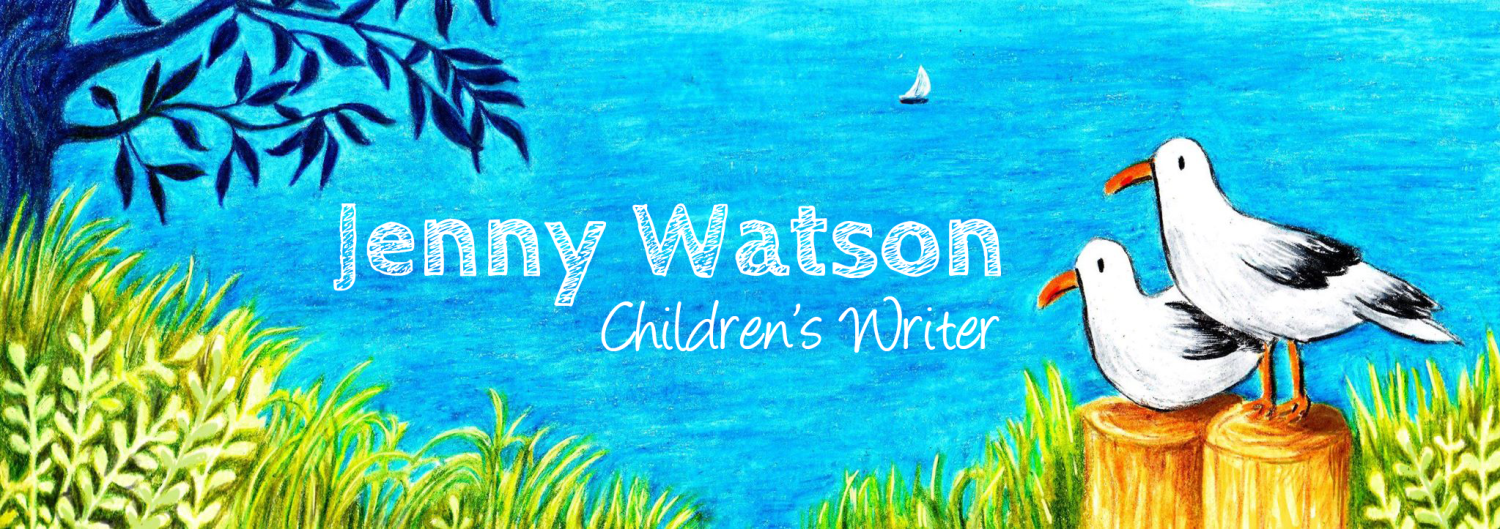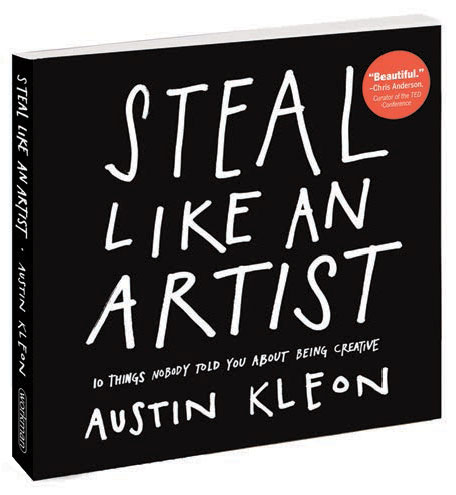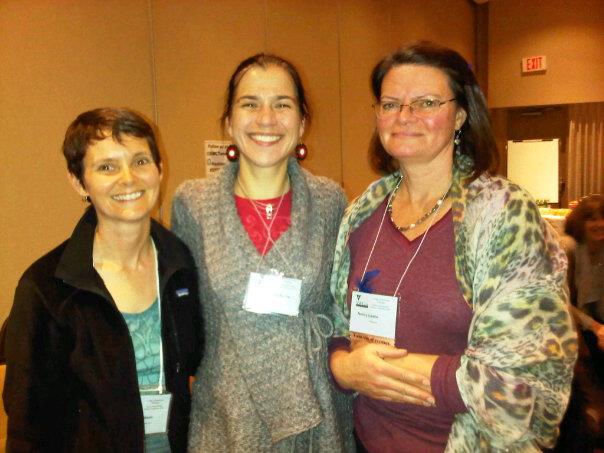In September, Daphne Gray-Grant (the Publication Coach) did a series of posts about deliberate practice for writing. In her second post, she gave an example of deliberate practice: copying another writer’s writing. (Her original post on copying is here.) This isn’t copying in the sense of plagiarism. As Daphne says, “When you copy the writing of a writer you respect and admire, you absorb that person’s sentence structure, cadence and rhythm.” And you pay more attention to the words they use.
I’ve toyed with this kind of copying as practice before, but the other day when the weather was particularly bleak and wet and I was in a particularly cranky mood, I decided to try it again. I picked a couple of books, a YA by Maggie Stiefvater and a MG by Michael D. Beil, and set my timer, five minutes of copying from each book. At the end of my ten minutes, in a much better mood, perhaps even a little excited, I opened my current WIP and dived into my revisions, brain engaged and fingers flying across the keyboard.
It worked so well as a way of loosening up, I think I’ll start all my writing sessions this way.
It reminds me of something Diana Gabaldon says about writing (not that I can find a quote of course). She suggests beginning writing by digging where the earth is loosest. I’ve always loved that metaphor. But in Canada, maybe we should rephrase it, chipping where the ice is thinnest.
What’s your strategy for starting a writing session? Can you jump right in or do you follow a pre-writing ritual?
* WIP is work-in-progress, YA is young adult, and MG is middle grade.
** Photo from US Embassy New Zealand on Flickr





 Registration opened this week for the
Registration opened this week for the 